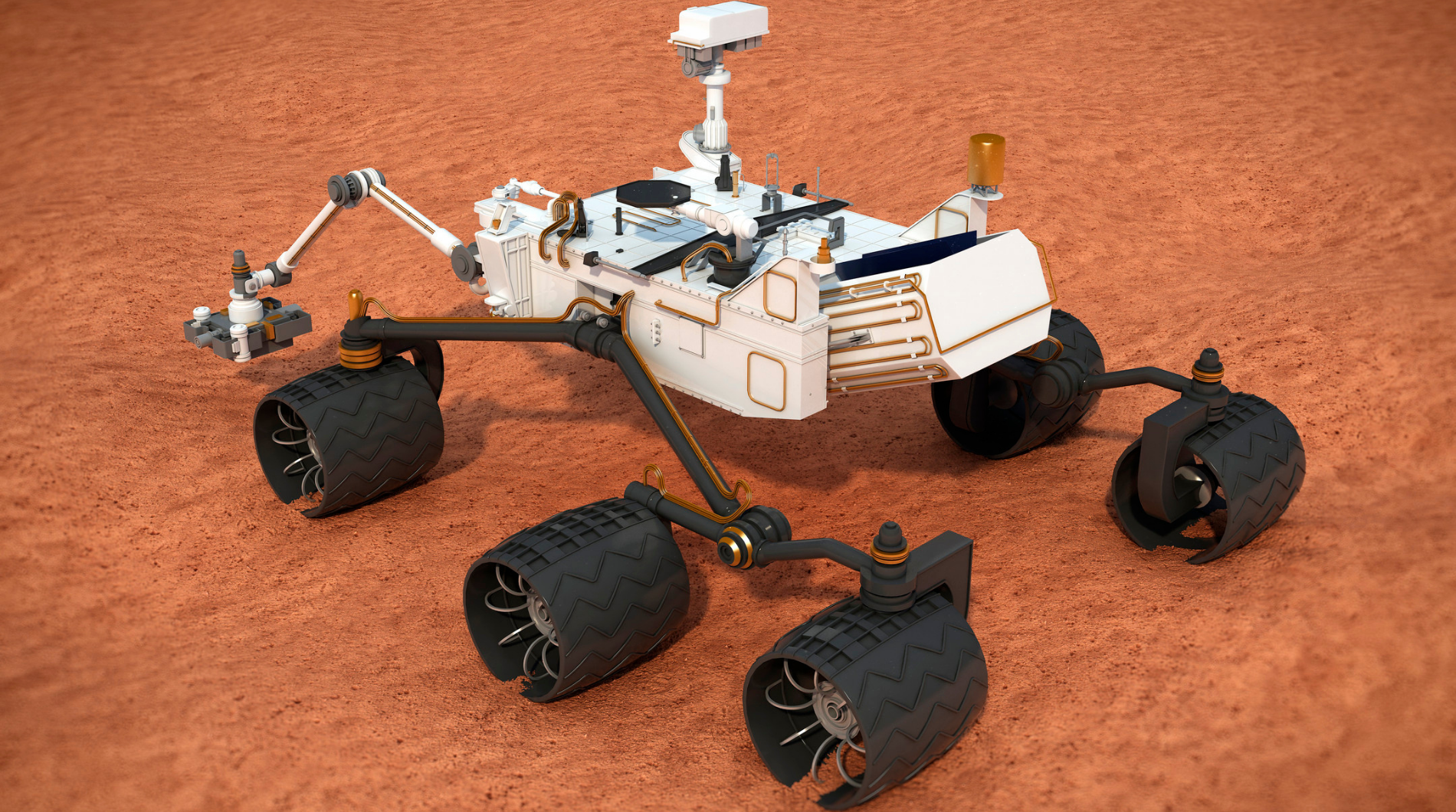Mars XR: NASA calls on innovators to boost research on Red Planet

NASA has collaborated with HeroX for a challenge to the innovators, calling for developers to “create a new Virtual Reality (XR) research, development, and testing environment” to help prepare for situations that can be encountered on Mars. HeroX is a crowdsourcing platform.
What is Mars XR?
Mars XR is a 3D virtual environment that mimics the Red Planet’s surface. It will be used for testing, training, and remote science planning of robotic exploration missions.
NASA says that it has been trying to improve its ability to successfully plan robotic exploration by using a variety of approaches in simulation, including both realistic and low-fidelity virtual environments. However, because it takes considerable time and resources to use real robotics on planets such as Mars, the scientists often have to rely on simulations.
The space agency is looking for a technology that can help its scientists create new forms of immersive XR training as well as virtual research environments in order to better prepare humanity for future human journeys to Mars.
How much prize money has been announced?
NASA has announced $70,000 in total as the prize for the innovators who come up with the best research and solutions. MarsXR challenge, which kicked off on May 5, will be on till July 26.
The total prize money will be shared between 20 individual prizes. NASA said in a statement, “This challenge is seeking developers to create a new Virtual Reality (XR) research, development, and testing environment to help prepare for the experiences and situations that will be encountered on Mars”.
“Participants will create new assets and scenarios for the new Mars XR Operations Support System (XOSS) environment, using Epic Games’ Unreal Engine 5. Solutions will focus on particular extravehicular activities (EVA) scenarios that will be used to test procedures and plan for conditions while on Mars,” the US agency further added.
NASA also said that the goal of this is to create an immersive, engaging, and realistic experience.
With a focus on extravehicular activities (EVA) scenarios that will be used to test procedures and plan for conditions while on Mars, the challenge seeks to support NASA by creating additional assets and scenarios.
According to NASA, ‘Set up Camp, Scientific Research, Maintenance, Exploration, Blow Our Minds’ are the five categories of the competition.
These categories signify as:
‘Set up Camp’ refers to setting up habitats and conducting research.
‘Scientific Research’ refers to conducting experiments on the Mars surface, including studying the rocks, collecting samples, and making tools.
‘Maintenance’ refers to maintaining human life systems as well as the machinery and equipment necessary for future expeditions on Mars.
The ‘Exploration’ category means trekking across the Martian terrain to explore new depths of the planet beyond previous missions. It also involves climbing steep cliffs, traversing gullies, and collecting samples using rovers.
The ‘Blow our Minds’ category signifies exploring physics experiments that include explosives such as propellants and gunpowder. This includes testing of a variety of explosives such as flash powder and thermite reaction.
What has NASA been doing?
Since long, NASA has been studying the Red Planet with a gamut of efforts. It recently published details of a new study using data from NASA’s Mars Odyssey orbiter to explain why Martian frost can be invisible to the naked eye and why dust avalanches appear on some slopes.
The space agency has stated that Odyssey is NASA’s longest-lived Mars mission and carries the Thermal Emission Imaging System (THEMIS), an infrared, or temperature-sensitive, camera that provides a one-of-a-kind view of the Martian surface.
In addition to this, NASA launched its Mars 2020 Perseverance Rover program and with this, the space agency has been trying to study the potential of life on the Red Planet that has often been at the center of the scientists’ curiosity about life beyond Earth.
How will Mars XR function?
NASA said that it will use the XR to evaluate, validate, and improve the performance of existing technologies needed for human missions to Mars. It will also help test new technologies and concepts. Moreover, it will help train astronauts to develop the skills needed to overcome the challenges of living and performing scientific research on the Martian surface.
This challenge is seeking innovators who can take on NASA’s Mars XR proposal and create new assets and scenarios for the new environment for testing, training, and research.
Also Read: Will Perseverance be able to search sign of life on Mars?
Innovations will be rated based on how well they meet NASA’s desired use of technology, including how well it fits with other tools that are available. It will also be rated based on how much usefulness it could have while supporting a wide range of missions, including Earth independent journeys to Mars, as well as tele-exploration activities using telerobotics.
Furthermore, NASA’s interest in developing XR is more than just a futuristic experiment. The space agency has already used HoloLens headsets to help train astronauts on how to use tools in space.gency trying to study the potential of life on the Red Planet that has often been at the center of the scientists’ curiosity about life beyond Earth.
Auto Amazon Links: No products found.


